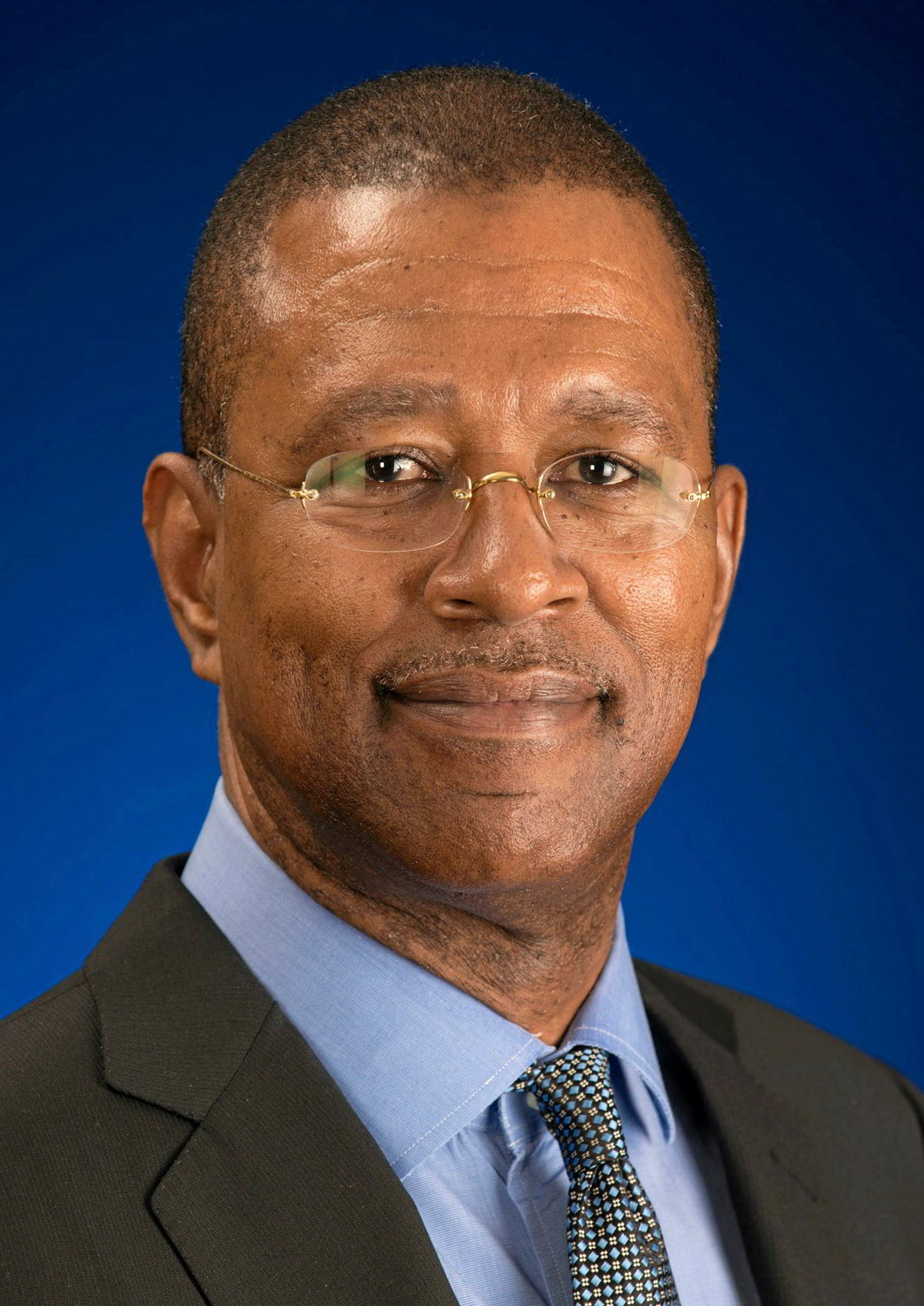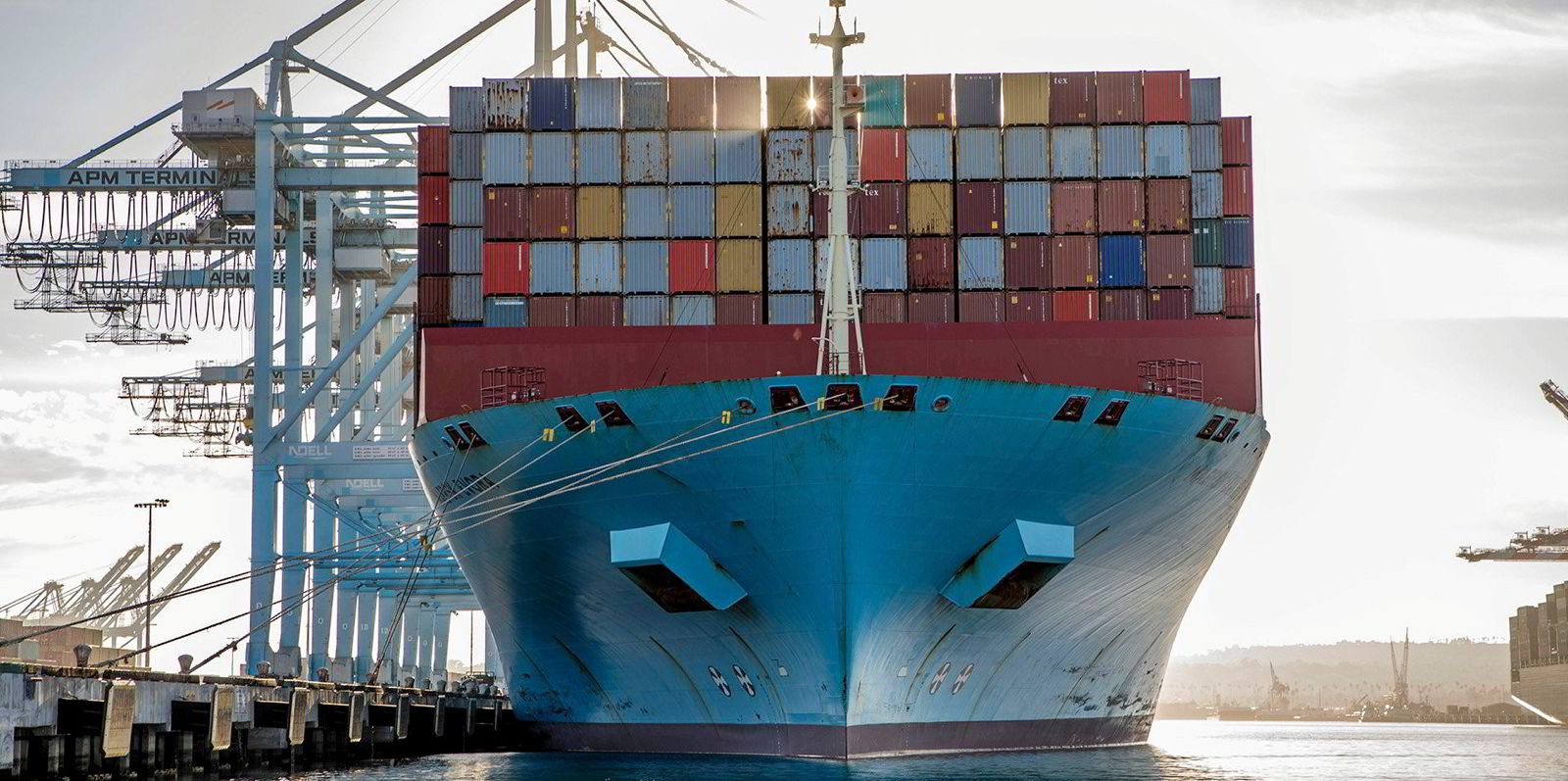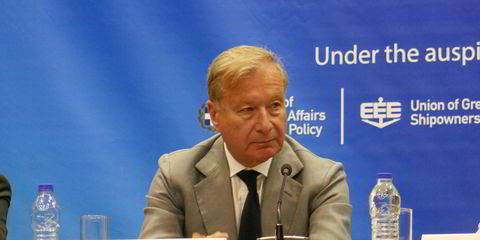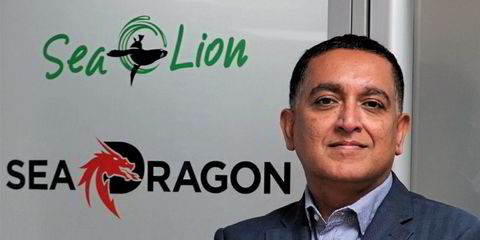A tie-up between the ports of Los Angeles and Shanghai is at the forefront of an otherwise slim list of US proposals for green shipping corridors.
And with French liner giant CMA CGM and Denmark’s AP Moller-Maersk on board to work towards zero-carbon shipping on the major trade route, other major operators are poised to join, according to a Port of Los Angeles official.
“What’s exciting about this corridor is that we’ve already got a partnership,” said Port of Los Angeles director of environmental management Christopher Cannon, who said terminal operators and cargo owners are also onboard.
But there is scant information about additional potential routes, even after the US State Department issued a factsheet in April aiming to contribute to a “common vision” for the corridors — a concept that emerged out of last year’s COP26 climate conference as a way to chart trade lanes that will lead the way towards decarbonisation.
TradeWinds’ efforts to seek clarification on the Biden administration’s map of potential green corridors for this story were unsuccessful. The State Department referred questions to the Department of Energy, which did not respond to a request for an interview, and nor did the US Maritime Administration or the Department of Transportation that oversees it.
An official for the Federal Maritime Commission said his agency is not involved in green corridors.
There are other proposed corridors, but Los Angeles remains well ahead.
The Quad — as the leaders of the US, Australia, Japan and India refer to themselves — set the ball rolling in a September summit to create green corridors linking Los Angeles, Sydney, Yokohama and Mumbai. The Quad Shipping Task Force is aiming for low or zero-emission shipping on the routes by 2030.
Cannon said that effort is in its early stages but is looking to the corridor with Shanghai as a model.

Los Angeles has also discussed a cruise green corridor with the port of Seattle.
An initiative pushed by Los Angeles Mayor Eric Garcetti, the corridor with Shanghai was announced in January with the goal of having at least one zero-carbon-fuelled ship on the major container ship route by 2030.
Cannon told TradeWinds that Maersk is looking to put its methanol-fuelled vessels on the route, and CMA CGM container ships fuelled by LNG produced from renewable sources.
However, the ultimate goal is zero-carbon fuels, rather than these lower-carbon alternatives.
“All of the partners have agreed to move towards zero-carbon fuels, so all of them are committed to doing that,” Cannon told TradeWinds.
April’s statement from the US on its green corridor plans drew a mixed response from environmentalists, as it included both low and zero-emission fuels as the goal. California-based green group Pacific Environment said the Biden administration should target zero-carbon fuels now.
“When we look at a green corridor, and when we define what is zero and low emissions, then we should be high ambition and focus on zero-emission fuels,” Antonio Santos, federal policy director for climate at the group, told TradeWinds. “So no carbon.”






